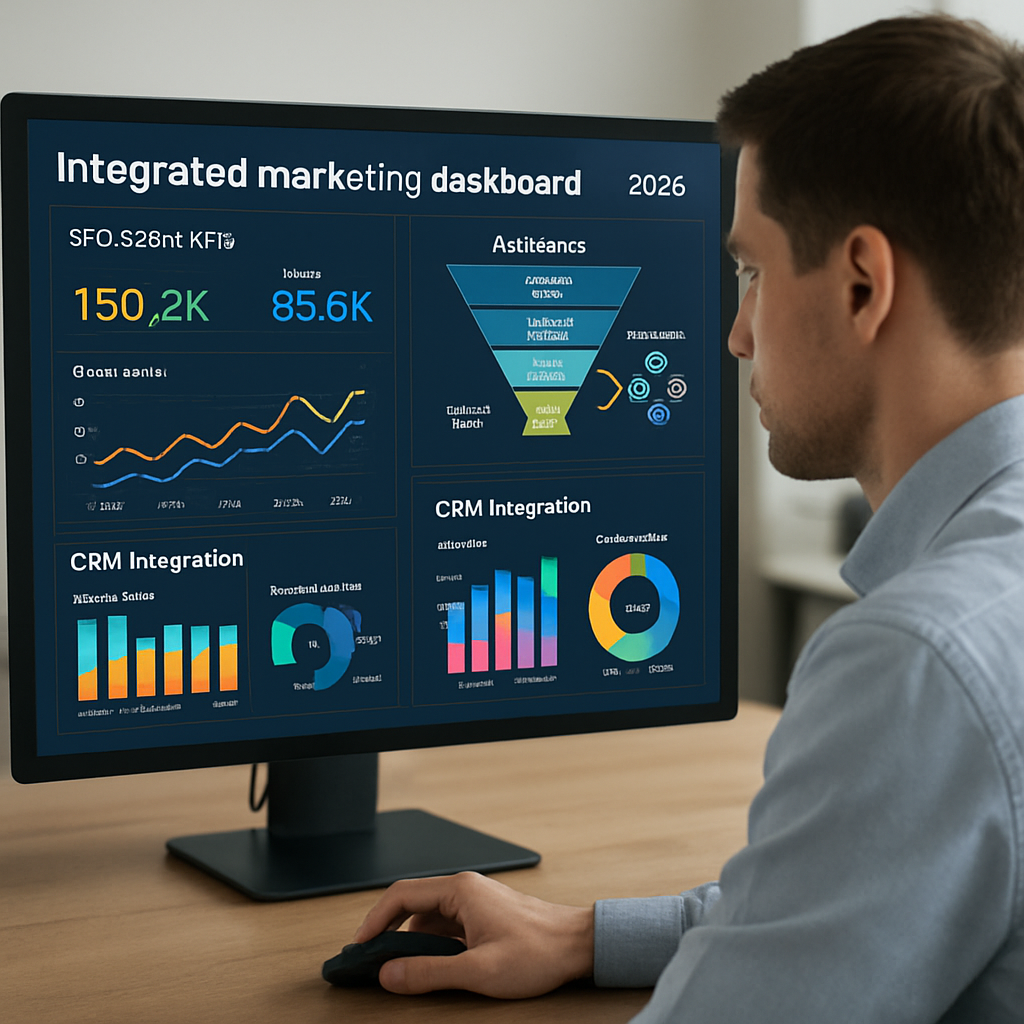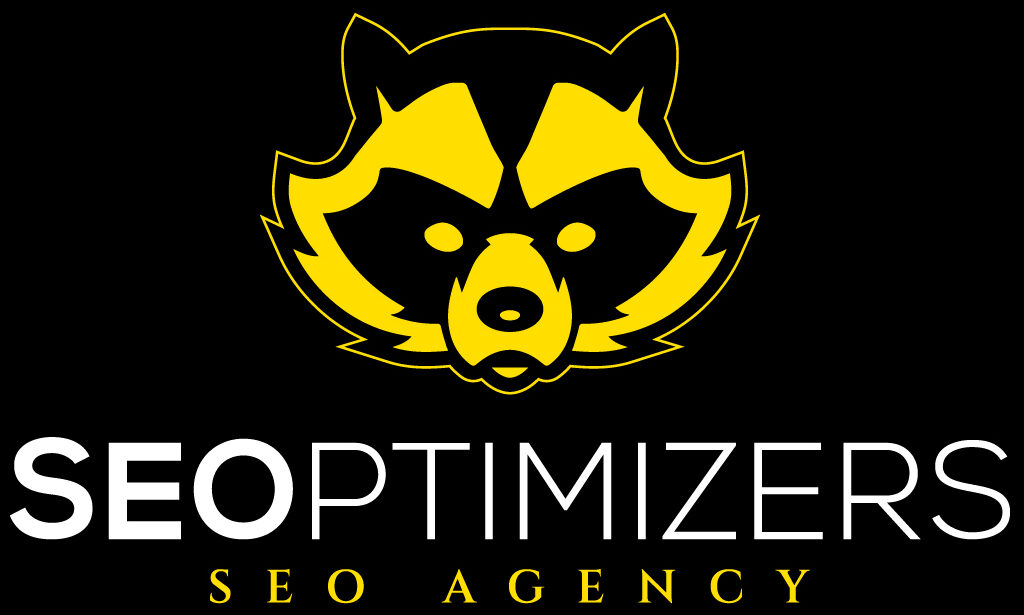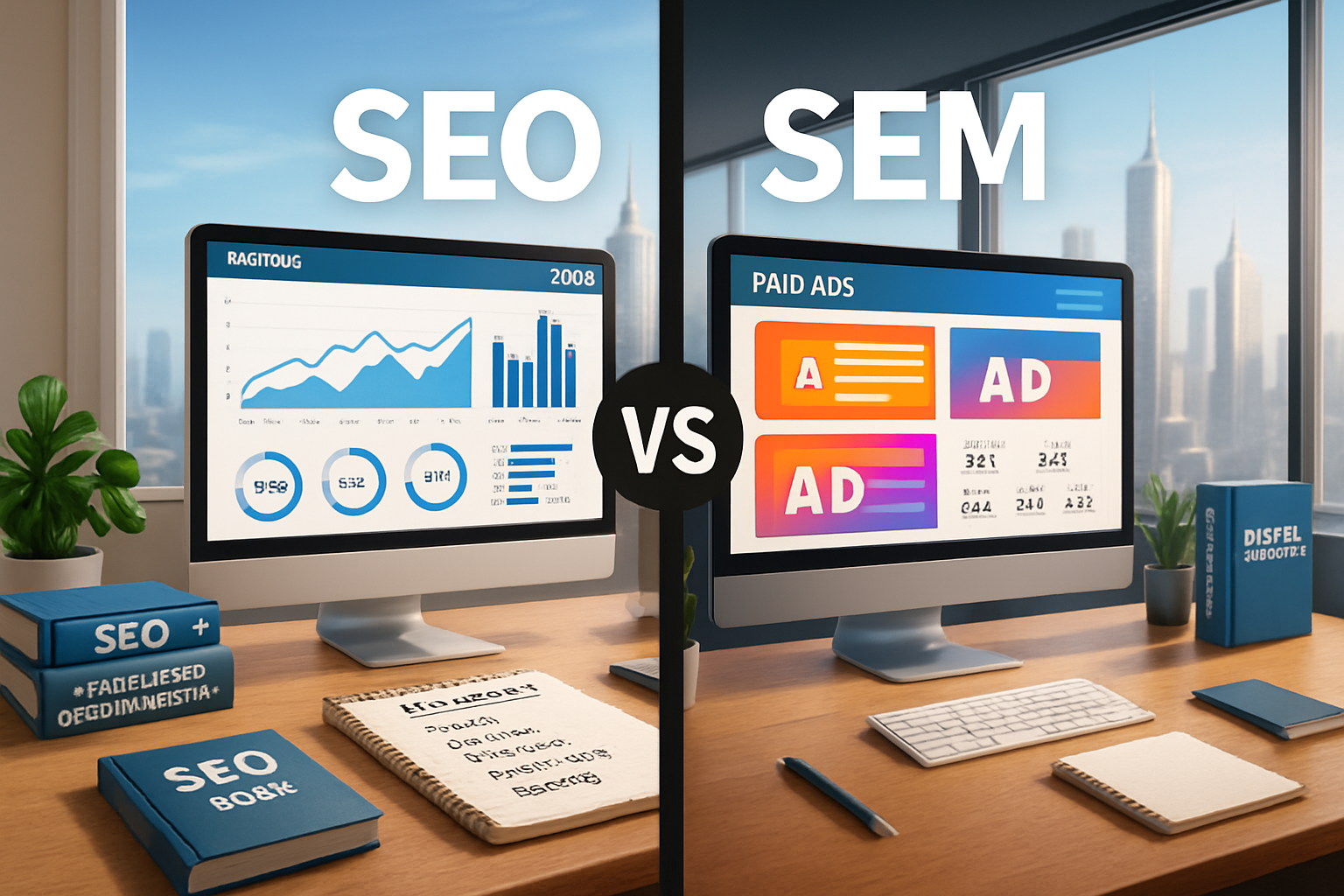The battle between organic ranking and paid placements has evolved into a strategic partnership in 2025. As search engines integrate generative AI, voice assistants proliferate, and ad platforms automate bidding, businesses must choose not only which tactics to deploy, but how to align them into a coherent growth engine. This piece examines the practical differences between SEO and SEM, explains when each delivers the best ROI, and gives actionable frameworks and tool recommendations to help entrepreneurs and marketing leaders make smarter, faster decisions.
Below you will find an analytical roadmap with sector examples, a hypothetical company used as a thread for applied strategies, and hands-on checklists you can implement immediately.
- Summary of sections
Sommaire
- SEO vs SEM in 2025: Definitions and Strategic Context
- Technical SEO and Content Signals: EEAT, Core Web Vitals & Voice
- SEM & Paid Search in 2025: Smart Bidding, Cross‑Platform Reach, and Speed
- Deciding: When to Prioritize SEO, SEM, or a Hybrid Full‑Funnel Approach
- Measurement, Tools, and Scaling: KPIs, Attribution, and Cost Control
SEO vs SEM in 2025: Definitions and Strategic Context for Search Marketing
Search marketing today is a spectrum rather than a binary choice. On one end sits SEO, focused on building organic authority and lasting discovery. On the other sits SEM (paid search), engineered for immediacy and precise audience targeting. In 2025 the two are deeply intertwined: ranking systems value quality signals and user satisfaction while ad platforms apply AI to optimize spend. Understanding the definitions is the first step to a coherent strategy.
Core definitions and how they interact
SEO emphasizes content quality, technical foundations, and trust signals. Modern ranking frameworks stress EEAT — Expertise, Experience, Authoritativeness, Trustworthiness — as central. This shift means creators must demonstrate real human experience and verifiable authority.
SEM leverages paid auctions (commonly via Google Ads) to place messages at the top of pages instantly. Advances in automation give advertisers tools to scale rapidly while targeting precisely.
Key contrasts in practical terms
- Time to impact: SEO builds equity over months; SEM delivers immediate visibility.
- Cost model: SEO costs are mostly upfront and operational; SEM is pay‑per‑click or impression-based.
- Control vs trust: Paid ads allow exact control of creatives and landing pages; organic search builds enduring trust and reduces long-term CAC.
| Dimension | SEO (Organic) | SEM (Paid) |
|---|---|---|
| Speed | Slow to scale, compounding | Immediate, budget-dependent |
| Cost control | Operational and content costs | Granular bidding and audience targeting |
| Longevity | Long-term organic presence | Stops when budget stops |
Real businesses in 2025 tend to blend both approaches. For example, a regional HVAC company may use SEO to dominate how-tos and local queries while running SEM for emergency same-day service searches. If you want practical local SEO guidance, explore regional optimization resources like local SEO for St. Gallen or multi-location tactics at multi-location SEO guide.
Key insight: View SEO and SEM as complementary investments in a layered search strategy rather than competing alternatives.
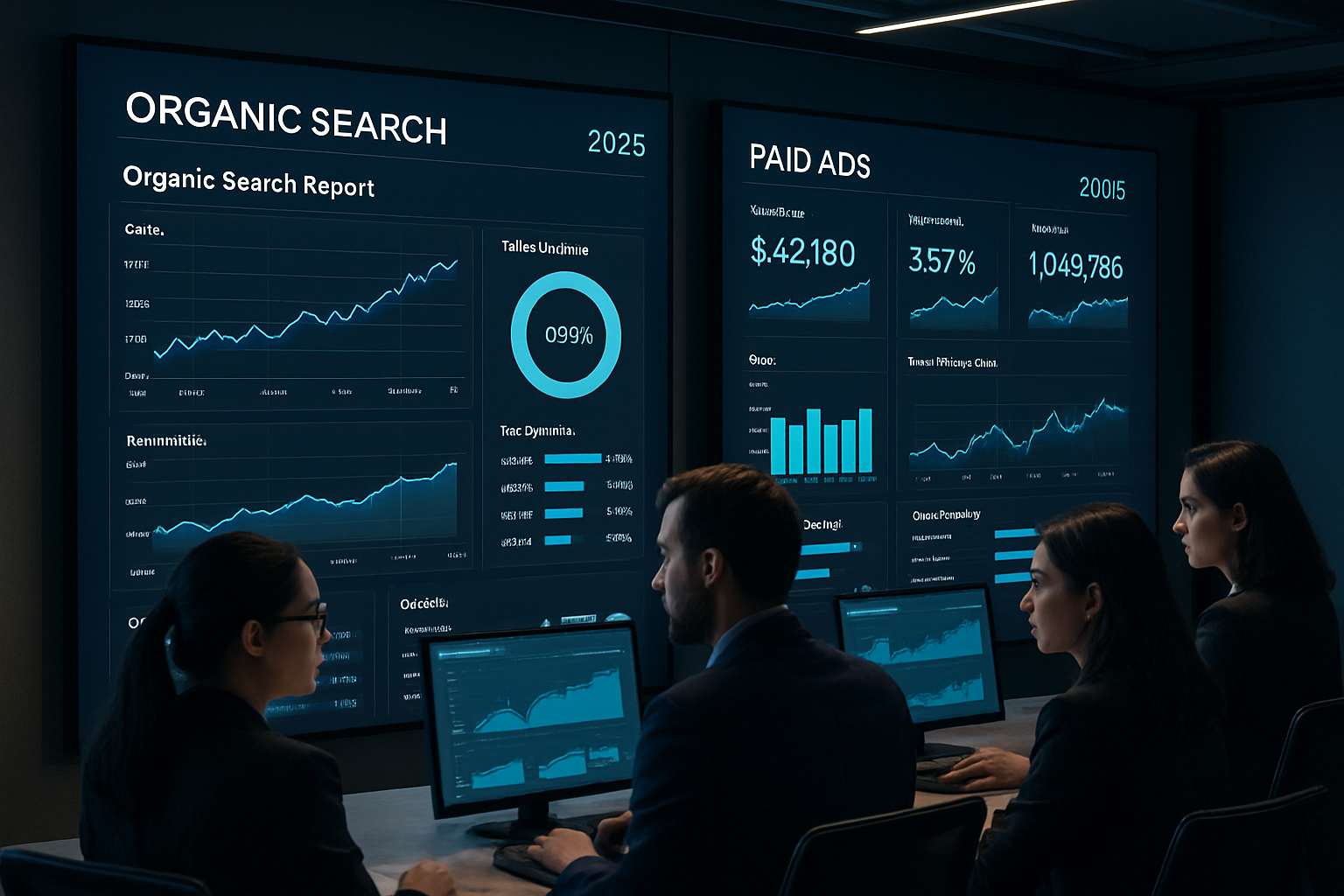
Technical SEO in 2025: EEAT, Core Web Vitals, Voice Search, and LLM‑Optimized Content
Technical foundations remain the backbone of any effective organic strategy. Search engines are now assessing user experience via measurable metrics like Core Web Vitals, and AI systems reward content that demonstrates clear expertise and verifiable experience. In 2025, optimizing for search means optimizing for people and intelligent systems simultaneously.
Technical priorities and toolset
Start with a technical audit: crawlability, indexability, structured data, and speed. Tools like Screaming Frog for deep crawling, Ahrefs and SEMrush for gap analysis, and Yoast for on‑page guidance are staples. For backlink analysis, use Majestic and Ahrefs, while Moz can help track keyword trends and domain authority evolution. For enterprise-level content performance, platforms like BrightEdge integrate content insights at scale.
- Conduct a crawl with Screaming Frog to identify crawl errors and duplicate content.
- Measure Core Web Vitals via real-user monitoring and lab tools; prioritize LCP, FID (or INP), and CLS.
- Audit EEAT: cite sources, surface author bios, and add first-hand case studies to show experience.
| Technical Task | Priority | Tool |
|---|---|---|
| Fix crawl errors | High | Screaming Frog |
| Improve page speed | High | Lab tools + Lighthouse |
| Structured data & EEAT markup | Medium | Manual + CMS plugins like Yoast |
Content signals: LLMs, voice search, and human editing
Large language models have transformed content production. Many teams use AI to draft at scale, but the distinguishing factor is careful human editing to add nuance, correct factual errors, and include real-case evidence. Prioritize long-tail, conversational queries to capture voice search traffic from assistants and smart speakers.
- Produce AI-assisted drafts, then validate with subject-matter experts to satisfy EEAT.
- Target question-based queries for voice search and schema markup to support rich results.
- Maintain content freshness and evidence links—cite studies, link to authoritative resources.
For organizations seeking to understand AI search changes, resources on SGE and EEAT provide deeper context; see the practical impact of generative search at SGE Google impact and the EEAT explainer at Google EEAT essentials.
| Content Type | Best Use in 2025 | Optimization Hint |
|---|---|---|
| How-to guides | Capture research-intent queries | Include step-by-step, visuals, and real examples |
| Case studies | Demonstrate experience & trust | Use measurable outcomes and client quotes |
| Short-form Q&A | Voice search and featured snippets | Answer concisely, add schema |
Key insight: Technical SEO and content credibility are inseparable in 2025; speed, structured evidence, and human‑verified content form the minimum viable product for organic growth.
SEM & Paid Search in 2025: Smart Bidding, Cross‑Platform Reach, and Immediate Conversions
Paid search remains the fastest way to generate traffic and leads. But the mechanics and strategy have shifted. Automation and AI-driven bidding require marketers to think in outcomes rather than granular bid logic. Platforms like Google Ads offer smart bidding that uses signals—device, time, audience intent—to dynamically set bids.
Core elements of modern SEM
Your SEM stack now includes search, shopping, display, and video. Cross-channel orchestration ensures the same message follows users across touchpoints, increasing conversion likelihood. Tools such as SpyFu and SEMrush help with competitive keyword intelligence and auction landscape monitoring.
- Leverage Smart Bidding to optimize for conversions rather than clicks.
- Use audience signals and first-party data to refine targeting and reduce wasted spend.
- Coordinate creative and landing pages with organic content to increase Quality Score and lower CPCs.
| Campaign Type | Best Use | Key Metric |
|---|---|---|
| Search ads | High-intent queries | CPA / Conversion Rate |
| Shopping & product listing | eCommerce conversions | ROAS |
| Video (YouTube) | Awareness & retargeting | View-through conversions |
Practical SEM configuration and case tactics
Consider LumenLab, a hypothetical mid-sized LED lighting manufacturer launching a seasonal retrofit campaign. They allocate budget to branded SEM to capture immediate interest, while using display and YouTube to build consideration. Bid automation is set to maximize conversions with strict CPA limits. Simultaneously, the organic team publishes technical articles to support long-term traffic growth.
- Set up conversion tracking in Google Ads and tie it to CRM events in HubSpot.
- Test responsive search ads and asset groups to let Google assemble optimal creatives.
- Use competitor research with SpyFu and SEMrush to discover gap keywords and bid strategically on high-intent slots.
For businesses in niche industries, agencies with vertical experience deliver faster impact; see industry-focused guides like SEO for industries in Switzerland and local agency pages such as Lucerne SEO experts to match strategy to context.
| Optimization | Immediate Action | Expected Result |
|---|---|---|
| Smart bidding setup | Link conversions & set CPA targets | Lower manual bidding time |
| Cross-platform messaging | Align creatives across search, display, video | Higher conversion rates across funnel |
| Landing page alignment | Match ad intent & SEO content | Improved Quality Score and lower CPC |
Key insight: SEM delivers speed and controlled scale; pair smart bidding and creative cohesion with organic credibility to lower long-term acquisition costs.
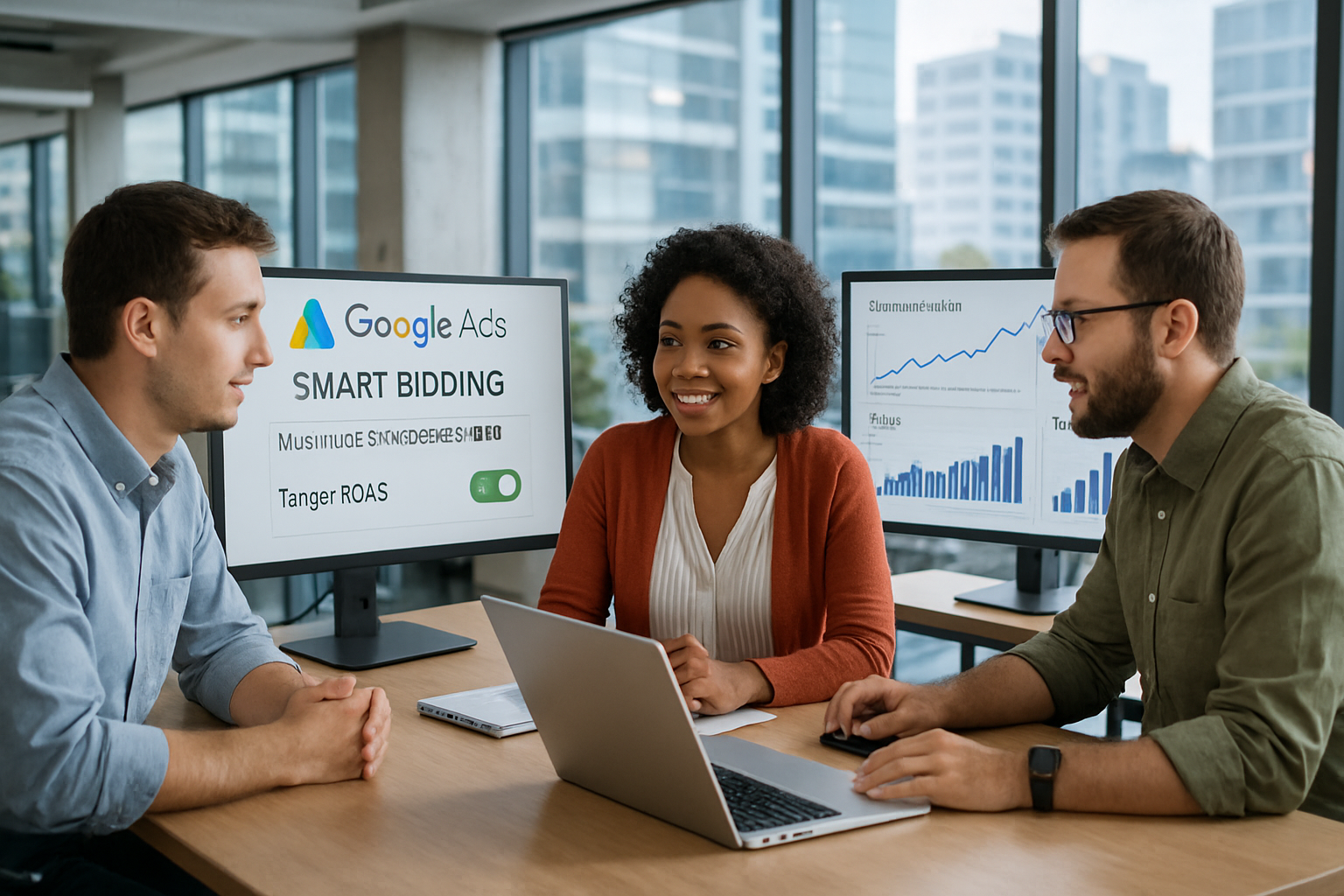
When to Use SEO, When to Use SEM, and How to Build a Hybrid Search Engine Marketing Plan
Decisions about allocation are driven by business goals, timeline, and user intent. The right mix balances the endurance of organic visibility with the immediacy of paid ads. Here we apply a practical decision framework using a fictional company, Aurora Lighting, to demonstrate tradeoffs and implementations.
Decision framework: timeline, intent, and budget
Start with three questions: How fast do you need volume? What is user intent (research vs purchase)? How persistent must the presence be? For Aurora Lighting launching a nationwide retrofit campaign, a hybrid approach works best: SEM for initial launches and promotions, SEO for long-term product authority and how-to queries.
- Short-term product pushes: prioritize SEM for immediate traction.
- Educational and brand trust: invest in SEO to compound returns over time.
- Local and service queries: mix both—local SEO plus targeted local SEM ads.
| Scenario | Recommended Mix | Rationale |
|---|---|---|
| New product launch | 70% SEM / 30% SEO | Fast awareness + early conversions |
| Service business local growth | 50% SEM / 50% SEO | Immediate leads + long-term discoverability |
| Content-driven brand | 80% SEO / 20% SEM | Long-term authority and lower CAC |
SEO vs SEM — Comparateur 2025
Comparez les approches, usages et outils principaux de SEO et SEM en 2025.
Execution playbook for hybrid campaigns
A practical playbook combines tasks across teams:
- SEO team: publish authoritative how-to guides, optimize schema, and build case studies to satisfy EEAT.
- SEM team: launch branded and high-intent campaigns using Smart Bidding with tight CPA targets.
- Growth ops: link CRM (HubSpot) to ad conversions for accurate attribution and remarketing lists.
Aurora Lighting’s pilot: week 1 they launch high-intent SEM offers in top markets. Week 2 they publish a set of technical resources and local pages to capture organic queries. By month three, paid spend drops for keywords where organic pages begin to convert organically, lowering overall CAC.
| Phase | Action | Metric |
|---|---|---|
| Pilot | Launch SEM + publish cornerstone content | CPA, sessions |
| Scale | Expand to video/display & scale content | ROAS, organic rankings |
| Optimize | Shift budget toward efficient channels | CAC, LTV |
For tailored local strategies or a quote, businesses can consult specialized regional resources such as Geneva SEO quotes or contact agencies directly at contact our SEO agency.
Key insight: Use SEM to catalyze initial growth and SEO to lock in sustainable, cost-efficient discovery; align both around customer journey milestones.
Measurement, Tools, and Scaling: KPIs, Attribution Models, and Tool Recommendations for 2025
Measurement drives optimization. Without clean data, you cannot allocate budget intelligently. In 2025, marketers combine traditional metrics with new signals such as assisted conversions across generative search answers and voice interactions. Choose tools and KPIs that map to business outcomes.
Essential KPIs and attribution considerations
Core KPIs include organic sessions, paid conversions, assisted revenue, CPC, ROAS, LTV, and CAC. Attribution models should reflect multi-touch journeys; single-touch last-click underreports content and upper-funnel influence. Implement hybrid attribution that uses first/last touch weighting plus a data-driven layer.
- Track assisted conversions to capture the impact of content and display in the conversion path.
- Use revenue-based KPIs (ROAS / LTV) rather than vanity metrics alone.
- Integrate CRM (for instance HubSpot) with ad platforms and analytics for full-funnel visibility.
| KPI | Why it matters | How to measure |
|---|---|---|
| ROAS | Direct measure of ad efficiency | Google Ads + conversion value mapping |
| Assisted conversions | Shows content influence | Analytics multi-channel reports |
| CAC | Acquisition cost per customer | Marketing spend / new customers (CRM) |
Tool recommendations and integration patterns
Use a combination of specialist and integrated platforms. For technical audits rely on Screaming Frog and Ahrefs. For competitive intelligence use SpyFu and SEMrush. Track keyword and domain trends with Moz and enterprise content performance with BrightEdge. For backlink analysis combine Majestic and Ahrefs. Finally, tie everything to revenue using HubSpot or equivalent CRM.
- Centralize campaign and organic insights in a marketing data warehouse or BI dashboard.
- Run monthly cross-team reviews to redistribute budget toward efficient channels.
- Continuously A/B test landing pages and creatives to improve conversion rates.
| Tool | Primary Role | Complementary Tool |
|---|---|---|
| Ahrefs | Backlink & keyword research | Moz / Majestic |
| Google Ads | PPC management | HubSpot for CRM linking |
| SEMrush | Competitive intelligence | SpyFu |
For organizations seeking industry-specific guidance, review resources like the Shopify agency rankings at Shopify SEO agencies Zurich or explore LLM SEO strategies in depth at LLM SEO strategies.
Key insight: Invest in attribution and integrated tooling to reveal the real ROI of SEO and SEM; scale funding toward channels that demonstrably improve CAC and LTV.
